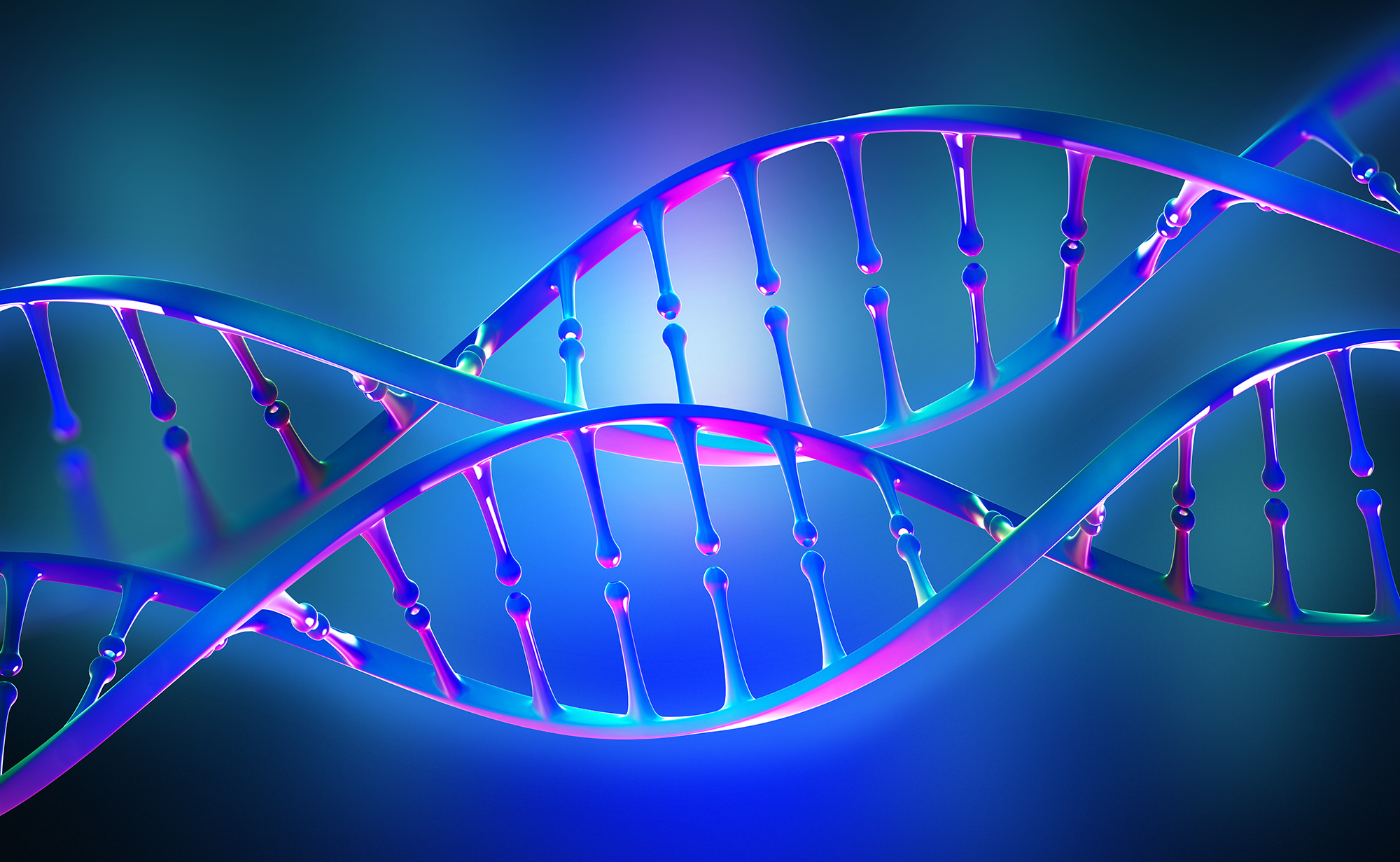Alopecia areta (AA) is one of the most common immune diseases characterized by a chronic inflammatory reaction to hair follicles [1,2]. The lifetime incidence of AA is approximately 2% worldwide, and there was no significant difference between the sexes. Alopecia areata is an autoimmune disorder characterized by transient, non-scarring hair loss, and preservation of the hair follicle. Hair loss can take many forms ranging from loss in well-defined patches to diffuse or total hair loss, which can affect all hair-bearing sites [3].
The risk factors of AA are depression and rheumatoid arthritis, systemic lupus erythematosus, type I diabetes, celiac disease, thyroid disease, and other autoimmune conditions [4]. What’s more, the quality of life of a child is often closely related to the severity and age of the disease, rather than the duration of the disease [5]. The prevalence of alopecia is 0.08% and is increasing over time, which is lowered in adults than children [6]. The mechanisms of AA are demonstrated in both innate and adaptive immunity [7]. The pathophysiology of AA is also complex such as T lymphocytes, cytokines, neuropeptides, normal hair cycling, and genetic background all play important roles in the induction and maintenance of the disease [8]. The cause of AA remains unclear. Many kinds of literature have found that alopecia areata is related to innate immunity and acquired immunity. In animal experiments, it is found that IFN-γ-driven immune response, including IFNγ, IFNγ-induced chemokines, and cytotoxic CD8+ T cells are important mechanisms leading to alopecia areata [9]. The cytotoxic CD8+ T-cells, natural killer cells, and cytokines/chemokines like IFNγ, CXCL10, NKG2D+ ligands, viral infections, and vaccinations have the strongest link to the AA [10,11]. The loss of immune privilege in the hair follicle, autoimmune-mediated hair follicle destruction, and the up-regulation of inflammatory pathways may play important role in the progress of AA [12]. And more importantly, the Janus kinase/signal (JAK) transducers and activators of the transcription pathway are up-regulated in alopecia areata but not in normal hair follicles. Alopecia areata is driven by cytotoxic T lymphocytes and is reversed by JAK inhibition [10]. IFN-γ is prominently expressed in lesional skin from patients with AA and is believed to contribute to the collapse of immune privilege through the increased follicular expression of MHC class I and II molecules [13]. Inhibition of JAK-STAT signaling with baricitinib reduces inflammation and Improves cellular homeostasis in progeria cells [14]. The use of oral JAK1/2 inhibitor ruxolitinib can improve the treatment of patients with moderate-to-severe AA [15]. Although there is a certain foundation for the research on the mechanism and treatment of alopecia areata, further research is needed.
G-protein-coupled bile acid receptor, Gpbar1 (TGR5), is a member of the G-protein-coupled receptor (GPCR) superfamily. The Tgr5 is not only the receptor of bile acids but also the receptor for multiple selective synthetic agonists such as 6α-ethyl-23(S)-methyl-cholic acid (INT-777) [16]. In lung cancer cells, Tgr5 receptor activation significantly inhibits STAT3 phosphorylation, thus TNF-α and interleukin, the inflammatory genes were decreased such as TNF-α, IL-6 [17]. The TGR5 gene was overexpressed in A549 cell lines and was significantly decreased in STAT3 activity, which promoted the expression of apoptosis gene Bcl-XL and inhibition of proangiogenic factors [18]. The activation of TGR5 and S1PR2, which regulate itch, keratinocyte proliferation, metabolism, and inflammation, may contribute to WD-exacerbated dermatitis with Th2 and Th17 features. Besides, elevated total BA plays a significant role in inducing dermatitis and cutaneous inflammation [19]. Tgr5 is also an established regulator of bone metabolism which regulates osteoclastogenesis by the AMP‐activated protein kinase (AMPK) signaling pathway [20]. In the present study, several studies have been shown the relationship between Tgr5 and JAK-STAT signaling in cancer. However, the relationship between Tgr5 and JAK-STAT signaling in AA has remained unclear.
Osteoporosis also a common systemic skeletal disorder resulting in bone fragility and increased fracture risk [21]. There is also a link between dermatitis and osteoporosis. Previous studies have found that atopic dermatitis is a risk factor for osteoporosis and bone loss. The use of corticosteroids in clinical studies often occurs at the same time as dermatitis and osteoporosis [22]. In clinical studies, it has also been found that there is a significant relationship between alopecia areata and bone loss [23]. Tgr5 can inhibit osteoclasts and promote osteogenic activity to improve the progress of osteoporosis [20,24]. At the same time, Tgr5 also plays an important role in dermatitis [19,25]. However, there is still a lack of relevant research on the role of Tgr5 in alopecia areata. So is it possible to improve the symptoms of alopecia areata and osteoporosis at the same time by adjusting Tgr5?
The present study thus demonstrates that activation of Tgr5 improves the progress of AA via JAK-STAT and provides a basis for understanding the previously unknown link between Tgr5 and skin diseases.
Reversal of alopecia areata, osteoporosis follow treatment with activation of Tgr5 in mice
The G protein-coupled bile acid receptor 1 (GPBAR1) also known G-protein coupled receptor 19 (GPCR19), membrane-type receptor for bile acids (M-BAR) or TGR5 as is a protein that in humans is encoded by the GPBAR1 gene.[5]
This gene encodes a member of the G protein-coupled receptor (GPCR) superfamily. This protein functions as a cell surface receptor for bile acids. Treatment of cells expressing this GPCR with bile acids induces the production of intracellular cAMP, activation of a MAP kinase signaling pathway, and internalization of the receptor. The receptor is implicated in the suppression of macrophage functions and regulation of energy homeostasis by bile acids.[6]
One effect of this receptor is to activate deiodinases which convert the prohormone thyroxine (T4) to the active hormone triiodothyronine (T3). T3 in turn activates the thyroid hormone receptor which increases metabolic rate.[7][8]
G protein-coupled bile acid receptor - Wikipedia
TGR5 Agonists (Activators)
The risk factors of AA are depression and rheumatoid arthritis, systemic lupus erythematosus, type I diabetes, celiac disease, thyroid disease, and other autoimmune conditions [4]. What’s more, the quality of life of a child is often closely related to the severity and age of the disease, rather than the duration of the disease [5]. The prevalence of alopecia is 0.08% and is increasing over time, which is lowered in adults than children [6]. The mechanisms of AA are demonstrated in both innate and adaptive immunity [7]. The pathophysiology of AA is also complex such as T lymphocytes, cytokines, neuropeptides, normal hair cycling, and genetic background all play important roles in the induction and maintenance of the disease [8]. The cause of AA remains unclear. Many kinds of literature have found that alopecia areata is related to innate immunity and acquired immunity. In animal experiments, it is found that IFN-γ-driven immune response, including IFNγ, IFNγ-induced chemokines, and cytotoxic CD8+ T cells are important mechanisms leading to alopecia areata [9]. The cytotoxic CD8+ T-cells, natural killer cells, and cytokines/chemokines like IFNγ, CXCL10, NKG2D+ ligands, viral infections, and vaccinations have the strongest link to the AA [10,11]. The loss of immune privilege in the hair follicle, autoimmune-mediated hair follicle destruction, and the up-regulation of inflammatory pathways may play important role in the progress of AA [12]. And more importantly, the Janus kinase/signal (JAK) transducers and activators of the transcription pathway are up-regulated in alopecia areata but not in normal hair follicles. Alopecia areata is driven by cytotoxic T lymphocytes and is reversed by JAK inhibition [10]. IFN-γ is prominently expressed in lesional skin from patients with AA and is believed to contribute to the collapse of immune privilege through the increased follicular expression of MHC class I and II molecules [13]. Inhibition of JAK-STAT signaling with baricitinib reduces inflammation and Improves cellular homeostasis in progeria cells [14]. The use of oral JAK1/2 inhibitor ruxolitinib can improve the treatment of patients with moderate-to-severe AA [15]. Although there is a certain foundation for the research on the mechanism and treatment of alopecia areata, further research is needed.
G-protein-coupled bile acid receptor, Gpbar1 (TGR5), is a member of the G-protein-coupled receptor (GPCR) superfamily. The Tgr5 is not only the receptor of bile acids but also the receptor for multiple selective synthetic agonists such as 6α-ethyl-23(S)-methyl-cholic acid (INT-777) [16]. In lung cancer cells, Tgr5 receptor activation significantly inhibits STAT3 phosphorylation, thus TNF-α and interleukin, the inflammatory genes were decreased such as TNF-α, IL-6 [17]. The TGR5 gene was overexpressed in A549 cell lines and was significantly decreased in STAT3 activity, which promoted the expression of apoptosis gene Bcl-XL and inhibition of proangiogenic factors [18]. The activation of TGR5 and S1PR2, which regulate itch, keratinocyte proliferation, metabolism, and inflammation, may contribute to WD-exacerbated dermatitis with Th2 and Th17 features. Besides, elevated total BA plays a significant role in inducing dermatitis and cutaneous inflammation [19]. Tgr5 is also an established regulator of bone metabolism which regulates osteoclastogenesis by the AMP‐activated protein kinase (AMPK) signaling pathway [20]. In the present study, several studies have been shown the relationship between Tgr5 and JAK-STAT signaling in cancer. However, the relationship between Tgr5 and JAK-STAT signaling in AA has remained unclear.
Osteoporosis also a common systemic skeletal disorder resulting in bone fragility and increased fracture risk [21]. There is also a link between dermatitis and osteoporosis. Previous studies have found that atopic dermatitis is a risk factor for osteoporosis and bone loss. The use of corticosteroids in clinical studies often occurs at the same time as dermatitis and osteoporosis [22]. In clinical studies, it has also been found that there is a significant relationship between alopecia areata and bone loss [23]. Tgr5 can inhibit osteoclasts and promote osteogenic activity to improve the progress of osteoporosis [20,24]. At the same time, Tgr5 also plays an important role in dermatitis [19,25]. However, there is still a lack of relevant research on the role of Tgr5 in alopecia areata. So is it possible to improve the symptoms of alopecia areata and osteoporosis at the same time by adjusting Tgr5?
The present study thus demonstrates that activation of Tgr5 improves the progress of AA via JAK-STAT and provides a basis for understanding the previously unknown link between Tgr5 and skin diseases.
Reversal of alopecia areata, osteoporosis follow treatment with activation of Tgr5 in mice
The G protein-coupled bile acid receptor 1 (GPBAR1) also known G-protein coupled receptor 19 (GPCR19), membrane-type receptor for bile acids (M-BAR) or TGR5 as is a protein that in humans is encoded by the GPBAR1 gene.[5]
This gene encodes a member of the G protein-coupled receptor (GPCR) superfamily. This protein functions as a cell surface receptor for bile acids. Treatment of cells expressing this GPCR with bile acids induces the production of intracellular cAMP, activation of a MAP kinase signaling pathway, and internalization of the receptor. The receptor is implicated in the suppression of macrophage functions and regulation of energy homeostasis by bile acids.[6]
One effect of this receptor is to activate deiodinases which convert the prohormone thyroxine (T4) to the active hormone triiodothyronine (T3). T3 in turn activates the thyroid hormone receptor which increases metabolic rate.[7][8]
G protein-coupled bile acid receptor - Wikipedia
TGR5 Agonists (Activators)
- Deoxycholic Acid [1]
- Tauroursodeoxycholic Acid [2] / TUDCA
- Ursodeoxycholic Acid [3] / UDCA
- Oleanolic Acid [4]
- Betulinic Acid [5]
- Ursolic Acid [6]
- Maslinic Acid [7]
- Corosolic Acid [8]


